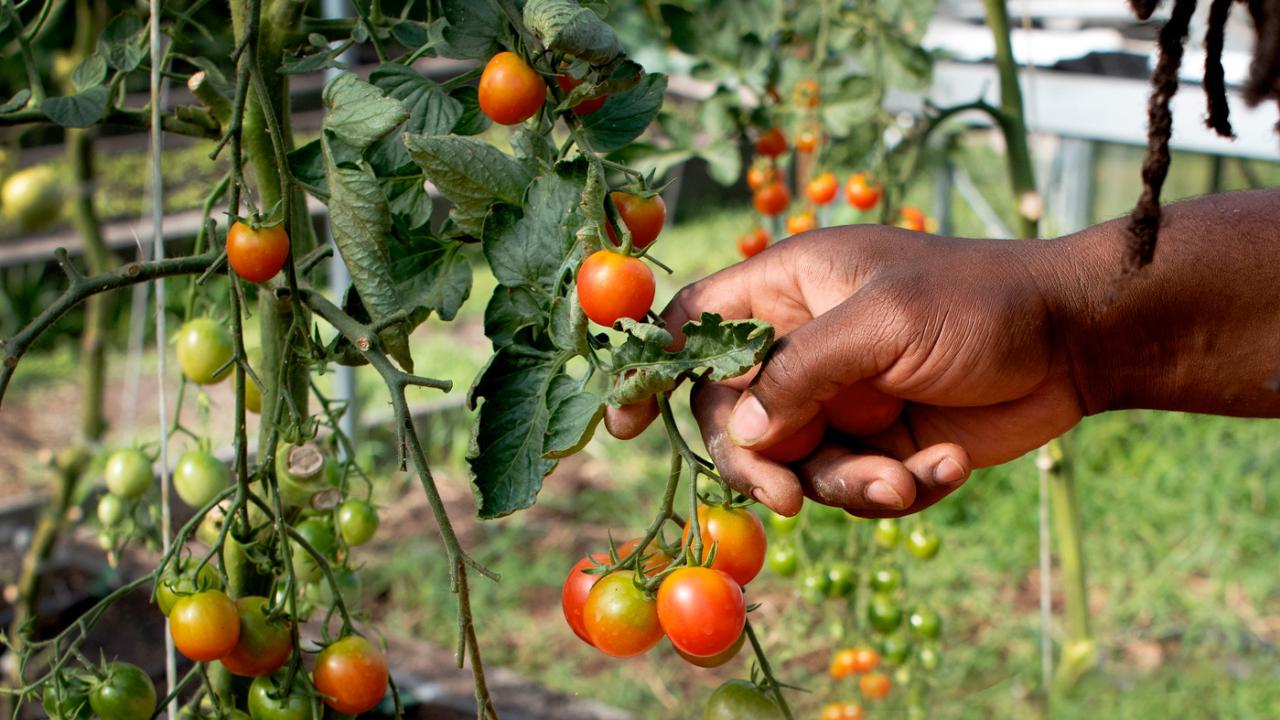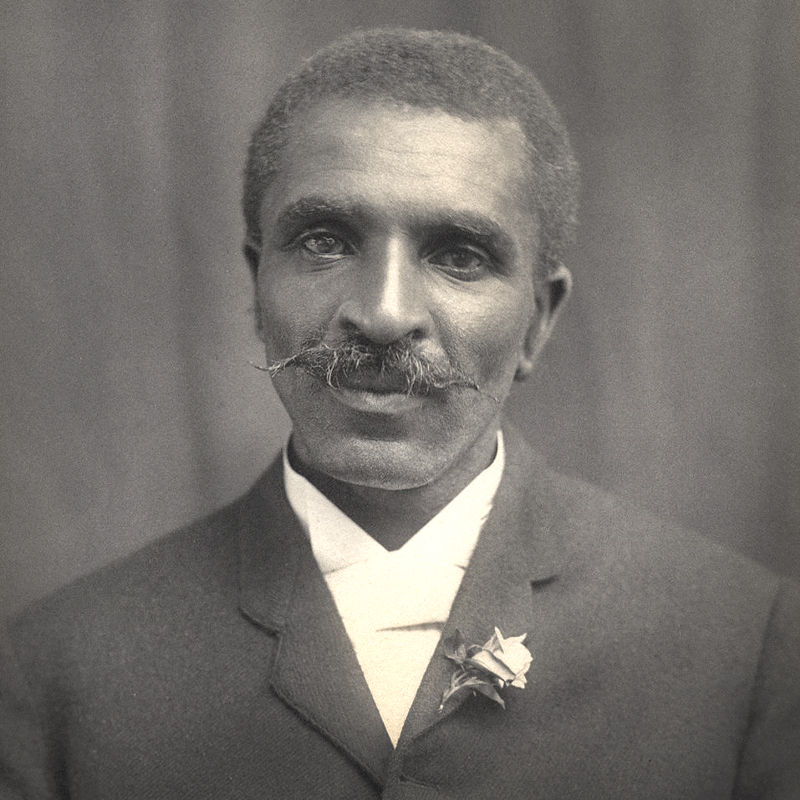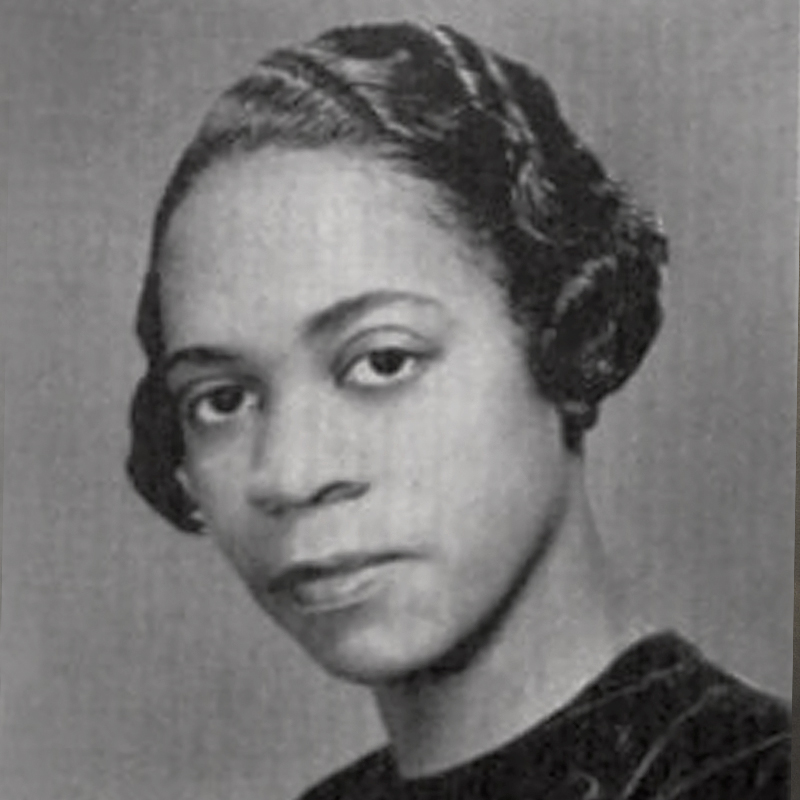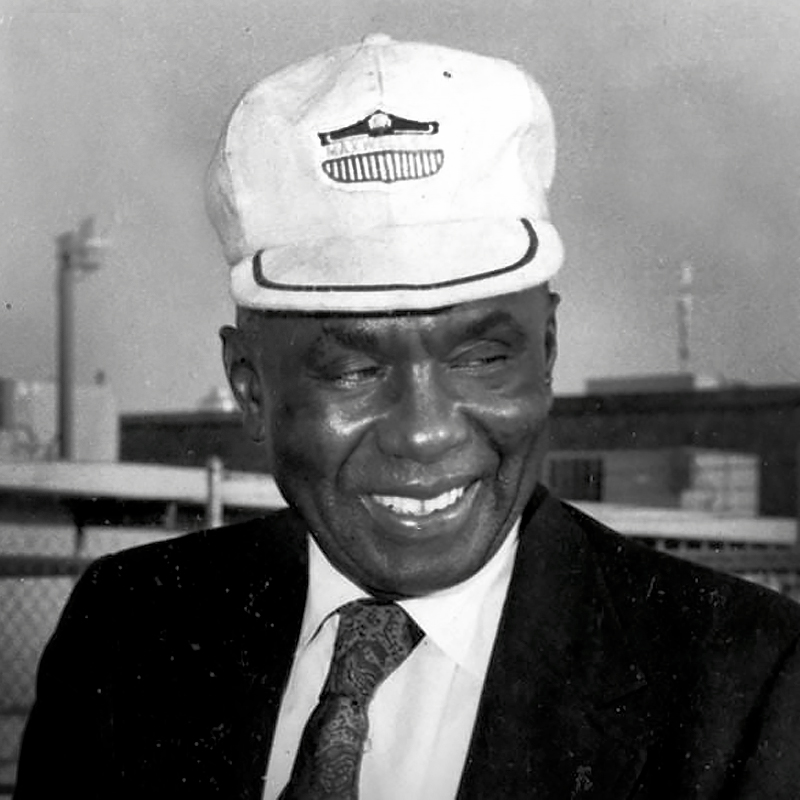

Celebrating Black History Month
Black Scientists Who Changed the Plant World

George Washington Carver
1864 – 1943
Born into slavery in Missouri around 1864, George Washington Carver became Iowa State University’s first Black student, earning bachelor’s and master’s degrees in agricultural science. He then became a professor at Tuskegee University in Alabama.
His research found that southern soil was depleted of nitrogen due to too many cotton plantings, which led him to develop crop rotation methods to improve the soil. His innovations helped low-income farmers grow other crops, such as peanuts and sweet potatoes.
He then developed more than 300 products made from peanuts, which greatly contributed to economic growth in the south.
The state of Iowa celebrates Carver’s legacy by designating February 1 as George Washington Carver Day.
Read more about George Washington Carver
Photo: wikimedia.org

Marie Clark Taylor
1911 – 1990
In 1941, Marie Clark Taylor became the first Black woman to earn a Ph.D. in botany, overcoming the barriers of race and gender to make her mark as a scientist and educator.
She earned her bachelor’s and master’s degrees at Howard University, then enrolled at Fordham University where she earned her Ph.D. Her dissertation focused on photomorphogenesis, a plant’s response to light.
She taught high school for a few years then returned to Howard where she became Head of the Botany department until 1976.
She channeled her passion for plants into helping educators at all levels bring science and botany into the classroom through hands-on learning. She encouraged high schools to bring light microscopes and real plants into the classroom—a novel idea at the time—so students could look at the cellular level instead of just drawings of plants.
Photo: Fordham University Libraries

Booker T. Whatley
1915 – 2005
Booker T. Whatley, a horticulturist, author, and agriculture professor, grew up in the South where he had witnessed racism toward Black farmers who were unfairly denied access to programs, loans, land, and grants because of their race.
He is credited with developing what was called “clientele membership clubs” to connect Black farmers directly to consumers as a way for them to prosper, according to Smithsonian Magazine.
His concepts are akin to what we know today as “farm-to-table”, “U-Pick”, and “Community Supported Agriculture.”
He published his ideas in his 1987 handbook How to Make $100,000 Farming 25 Acres, which is still embraced by farmers today. In an interview with Mother Earth News in 1982, Whatley referred to the clubs as the “lifeblood of the whole setup.”
“It enables the farmer to plan production, anticipate demand, and, of course, have a guaranteed market. However, that means the grower had better work just as diligently at establishing and maintaining the club as at producing the crops. Put it this way: If you fail to promote your club, something terrible happens — nothing!”
Whatley earned his doctorate in horticulture at Rutgers University and started his professional career as an agriculture professor at Tuskegee University.
Photo: Tuskegee University Archives

